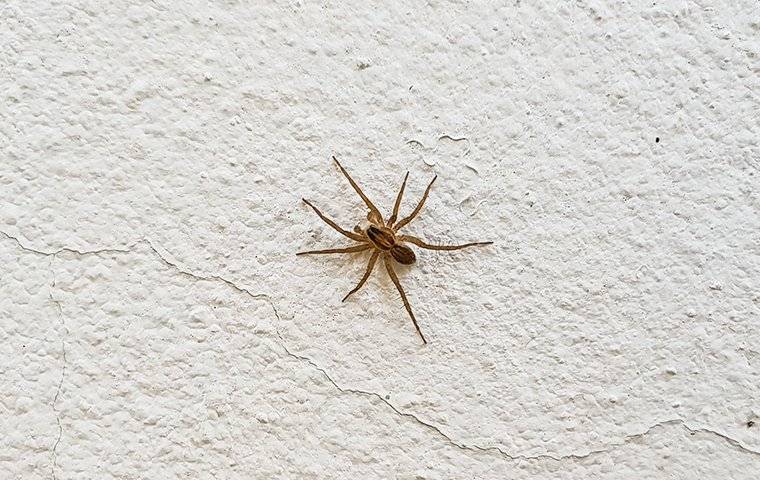
Appearance:Common House Spiders or American House Spiders, Parasteatoda tepidariorumare, are generally dull in appearance, with patterns consisting of brown shades for coloration, often giving a vague spotted appearance that is particularly noticeable on the legs. Their average body size is a quarter-inch (6 mm) long, but they can be an inch (2.5 cm) or more across with legs outspread. These traits combined allow the spiders to blend into the background and escape notice. Like some other species of the family Theridiidae, P. tepidariorum shares a body shape and size that makes it similar to widow spiders, which have venom that is classified as potentially dangerous.
Life Cycle:A male and female often share the same web for longer periods, and several females often build their webs in close proximity. However, several females will fight each other on an encounter. This species can live for more than a year after reaching maturity. Each egg sac contains from 100 to more than 400 eggs, with a single female producing up to 17 egg sacs. The hatchlings remain in the mother’s web for several days.
Diet and Predation:American house spiders usually feed on household pests such as flies, mosquitoes, ants and wasps. They can randomly attack grasshoppers, butterflies, cockroaches or other spiders depending on their size. If the prey is too agile, the spider will try shooting web at it from a distance before pulling the thread toward itself. Bigger females can also attract baby skinks inside their web by leaving fly remains hanging in it. Once its food dries out, the spider usually drops it to the floor in order to free some space in its web, instead of destroying and rebuilding it or changing its location. Three spider species usually prey upon them: the pirate spiders of the genus Mimetus (Mimetidae), as well as two jumping spider species – Phidippus variegatus and Metacyrba undata. The latter one also often falls prey to its own food when it gets trapped in the tangling web after missing the jump on its target. The assassin bug Stenolemus lanipes (Emesinae) feeds apparently exclusively on spiderlings of this species, but can also become prey of the adult spider.
Venom:As these spiders live in constant presence of human beings around their habitat, they are not usually aggressive and will even let a human hand approach their web. As any other spider, however, they are afraid of bigger foes, and, in most cases, will retreat behind an obstacle (such as a dried leaf or prey remains) upon perceiving more than usual disturbance to their web. Further disturbance may lead to the spider dropping down on a thread, then running away from the web. If the distance is not considerable, it will usually return to its web within a couple of days. Otherwise, it will start a new one.
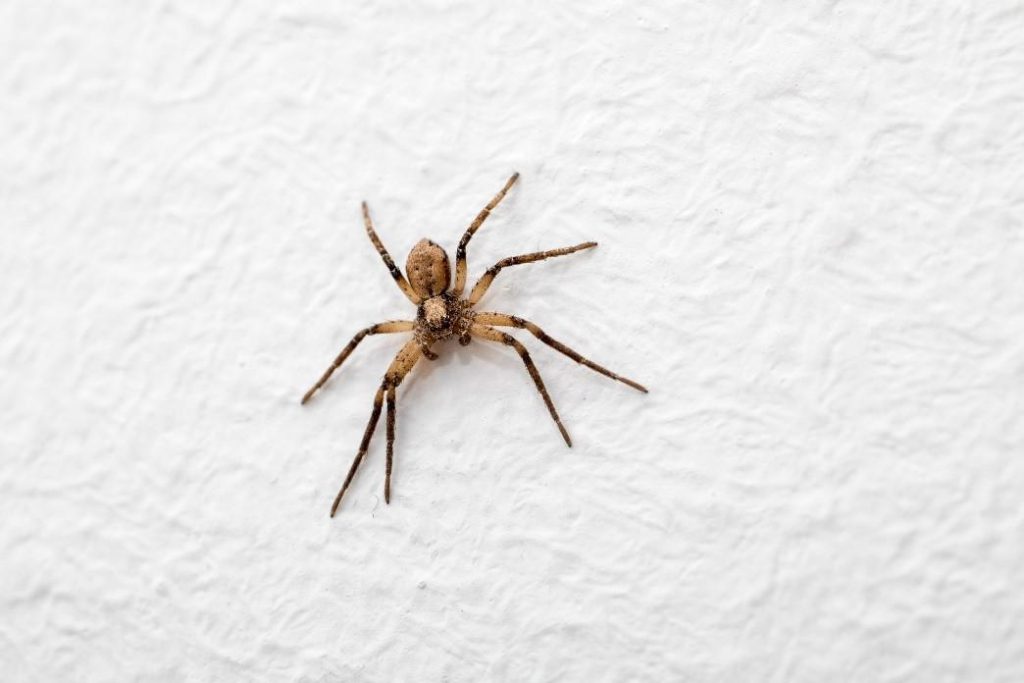
American house spiders possess poor vision and cannot detect any movement further than on a 3-4 inch interval. If cornered, they will feign death as a last resort. American house spiders will bite humans only in self-defence and on condition of being violently grabbed and squeezed. Regular bites are dry and no more painful than a bee sting, but some females can deliver sharp, venomous bites on that occasion. If venom is administered with the bite, symptoms may include swelling and itching around the area and may trigger antibody allergies in some individuals. Medical attention is not required, but rest is recommended.
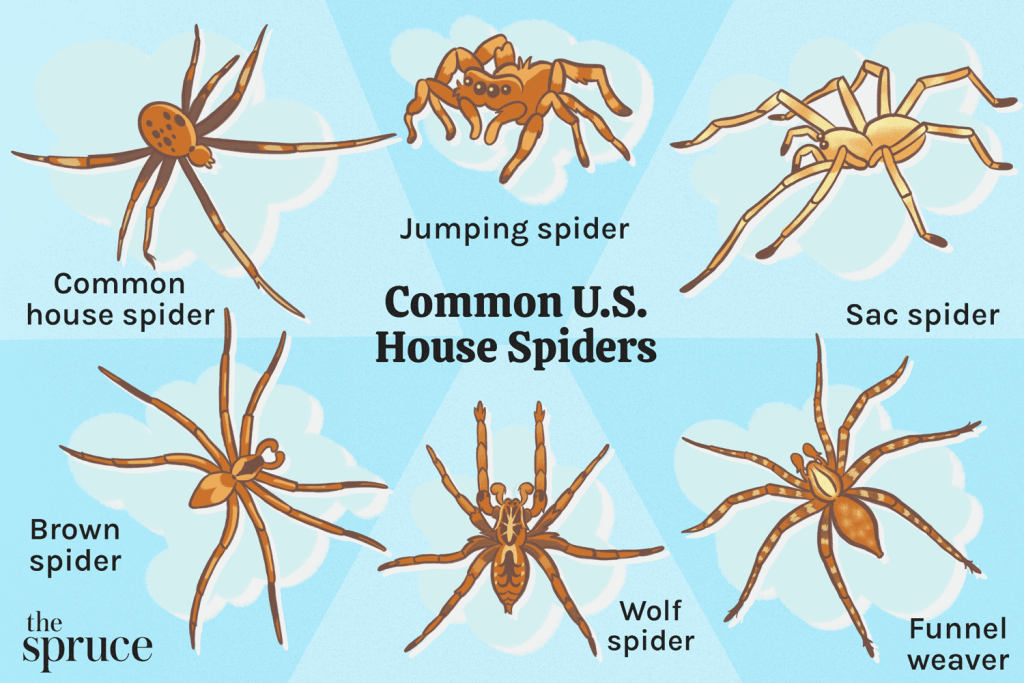
The venom of American house spider is a neurotoxin similar to that of the black widow, but a lot less powerful in consistency.It is often extracted and sold as an insecticide for farmers of the United States and Canada. It is also powerful enough to kill the same species of spider on occasion.
An In-depth Look at the Common House Spider: Are They Harmful?

TheCommon House Spideris a term that encompasses a diverse group of arachnids that have adapted to live in human habitats. As their name suggests, these spiders are frequently encountered within our homes, leading many to question: Are common house spiders harmful? This comprehensive article aims to provide an answer to this question, delving deep into the world of house spiders, their characteristics, and their behavior.
1. The World of Spiders: An Overview
Spiders, members of the class Arachnida, are a diverse group of invertebrates, with over 4,000 species identified in the United States alone. Despite their abundance and diversity, only a few species are considered harmful to humans. The majority of spiders are beneficial creatures that feed on insects and other arthropods, helping to control pest populations in and around our homes and gardens.
2. Classification of House Spiders
When discussing common house spiders, it’s essential to understand that this term refers to a group of different spider species rather than a single species. Generally, house spiders can be divided into two main categories:
- Hunting Spiders
- Web-building Spiders
3. Identifying Common House Spiders
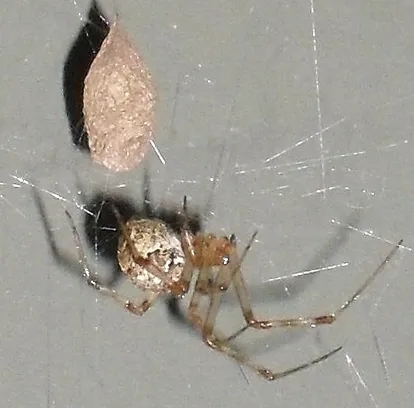
While the appearance of house spiders can vary significantly between species, there are a few common traits that many share. These include a yellowish-brown color, an elongated abdomen, and dark stripes running along their bodies. The size of these spiders can also vary, but most are relatively small, ranging from 1/8 to 5/16 inches in length.
3.1 American House Spider
The American house spider, often found in closets and basements, is yellowish brown with a dirty white abdomen and brown spots.
3.2 Domestic House Spider
The domestic house spider is dark brown or orange with dark bands on its legs. This species is usually found in undisturbed places like behind furniture and in attics.
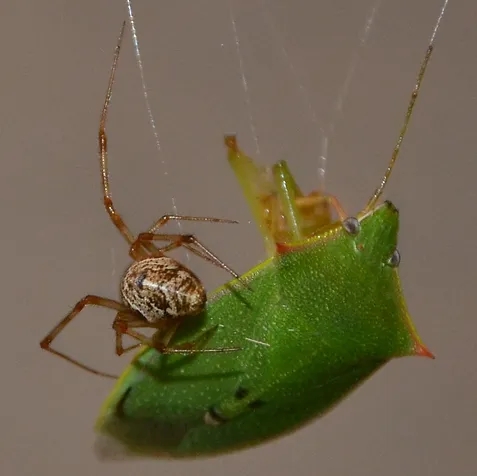
3.3 Jumping Spider
The jumping spider, known for its jumping behavior, comes in a variety of colors and sizes.
3.4 Southern House Spider
The southern house spider is dark brown in color, and both males and females are covered with fine hair.
3.5 Daddy Longlegs
Although not a true spider, the daddy longlegs has a spider-like appearance and is often found in damp places like basements and garages.
4. Behavior of House Spiders
The behavior of house spiders is primarily dictated by their classification as hunting or web-building spiders. Hunting spiders do not construct webs to trap their prey; instead, they actively hunt and capture their food. On the other hand, web-building spiders build intricate webs, using them to trap and capture their prey.
5. Life Cycle of House Spiders
The life cycle of a house spider begins when a female lays her eggs in a silken sac. Depending on the species, a female house spider can lay hundreds of eggs in her lifetime. Once the eggs hatch, the young spiders, known as spiderlings, begin to grow and develop, eventually reaching adulthood within a year.
